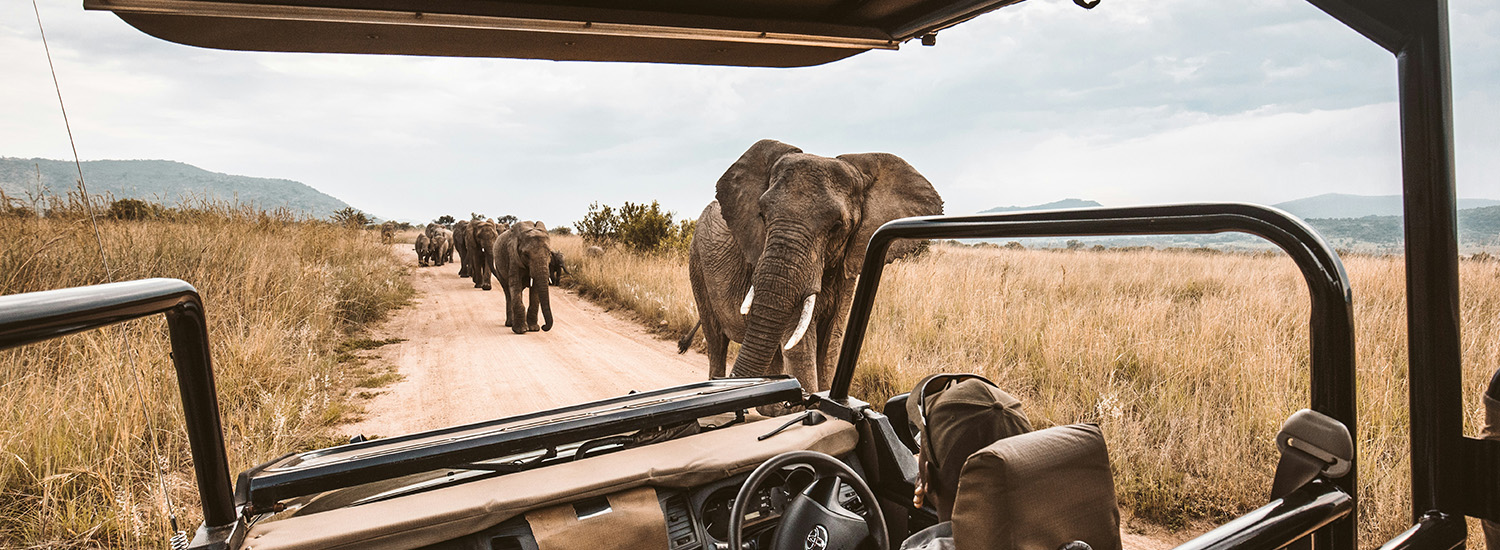
Maasai Mara’s Great Migration: Best Times & Essential Tips for US Travelers
- bySusan Wanjiru
- - July 22, 2025
Home » Blog » Maasai Mara’s Great Migration: Best Times & Essential Tips for US Travelers
If you’re dreaming of a journey that’s equal parts raw wilderness and luxury, look no further than Kenya’s Masai Mara National Reserve. Each year, it becomes the stage for one of the greatest wildlife spectacles on Earth: the Great Migration.
More than 1.5 million wildebeest, along with zebras and gazelles, cross the plains of East Africa in search of greener pastures, facing predators, dangerous rivers, and extreme weather. It’s a real-life survival story that unfolds daily—dramatic, unscripted, and utterly unforgettable.
For US travelers, a safari to the Masai Mara is more accessible than ever. From direct international flights and visa-on-arrival options to world-class luxury camps and private guides, planning your migration safari is both thrilling and surprisingly seamless.
Best Time to Witness the Great Migration
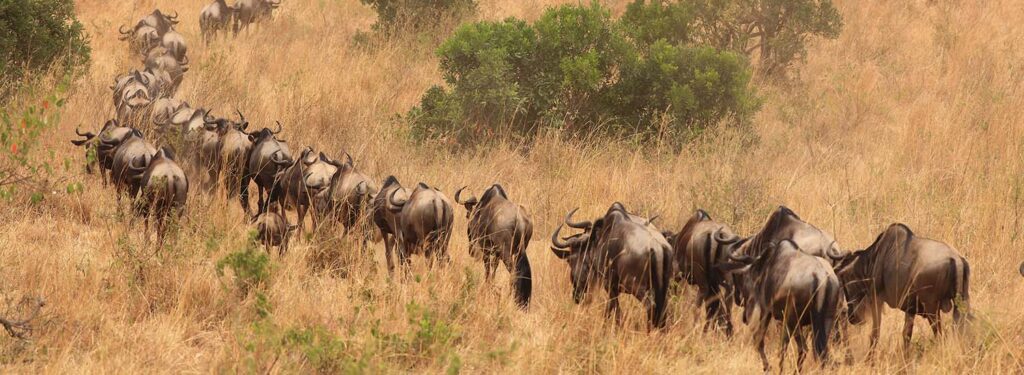
While the migration is technically a year-round cycle, July to October is prime time in Masai Mara for witnessing the dramatic river crossings.
July to October: The Main Event
- What to Expect: Thousands of wildebeest plunge into the crocodile-infested Mara River. Expect heart-pounding moments as predators stalk from the riverbanks.
- Weather: Dry season—clear skies, cool mornings, and ideal conditions for game drives and photography.
Insider Tip: Late October to Mid-November
- This shoulder season offers golden landscapes, fewer crowds, active predators, and excellent sightings.
- Luxury lodges and camps often drop their rates. It’s a more exclusive, budget-friendly time to visit.
December to March: Calving Season in Southern Serengeti
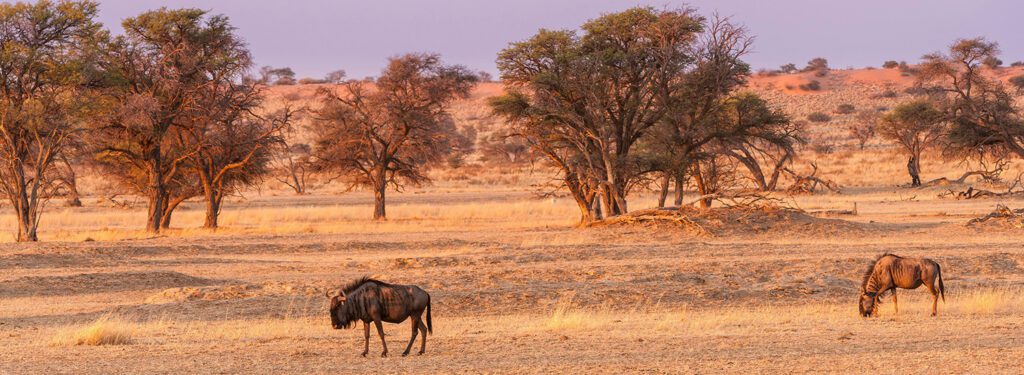
- Many travelers miss this—though not in the Mara, this phase of the migration in Tanzania’s Ndutu region involves calving, with hundreds of thousands of newborns and intense predator action.
Why the Great Migration is a Must-See
This isn’t just about watching animals move across the land. It’s a living documentary, filled with drama, survival, and strategy.
Daily Drama, No Script
- Lions, cheetahs, leopards, and hyenas constantly test the herds.
- Cheetahs hunt in daylight—a rare treat for wildlife photographers.
Crocodiles: The Silent Predators
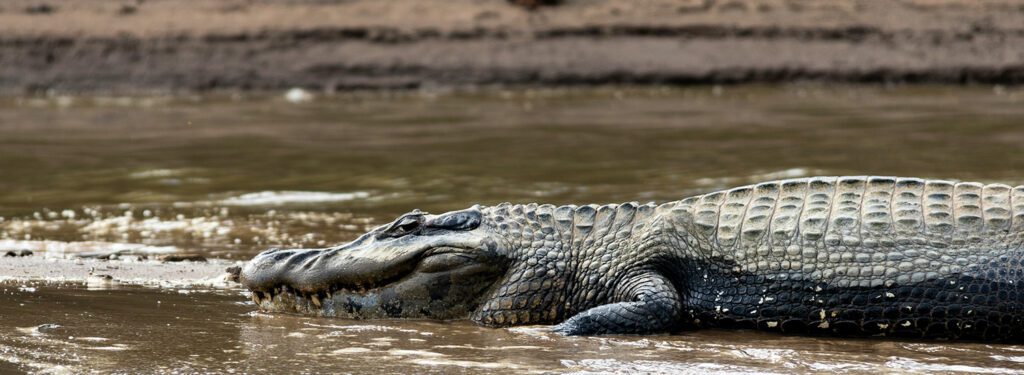
- Nile crocodiles in the Mara River can live up to 100 years and grow up to 20 feet long.
- They can go months without food, conserving energy for the migration ambush.
- Their bite force exceeds 5,000 psi, making their takedowns quick and brutal.
Hot Air Balloon Safari
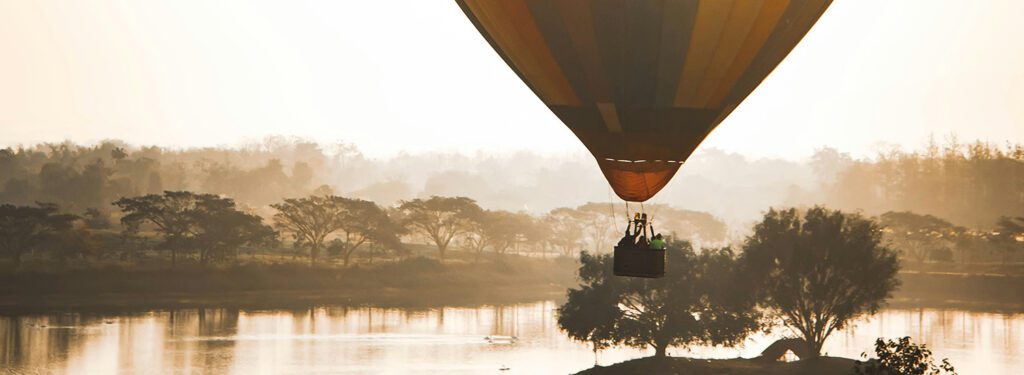
- Watch the sunrise over the Mara with animals moving beneath you—it’s surreal and unforgettable.
Getting There from the USA
International Flights
- Fly into Jomo Kenyatta International Airport (NBO), Nairobi.
- Direct or one-stop flights are available from JFK, ATL, IAD, LAX, or ORD via Delta, KLM, Qatar Airways, Emirates, or Turkish Airlines.
Connecting to the Mara
- Quick 45-minute bush flights from Nairobi to Mara airstrips.
- Or take a scenic 5–6 hour road transfer if you prefer overland travel.
Travel Tip: Book arrival at least one night before your Mara flight to account for jet lag or delays.
Entry Requirements & Essentials for US Travelers
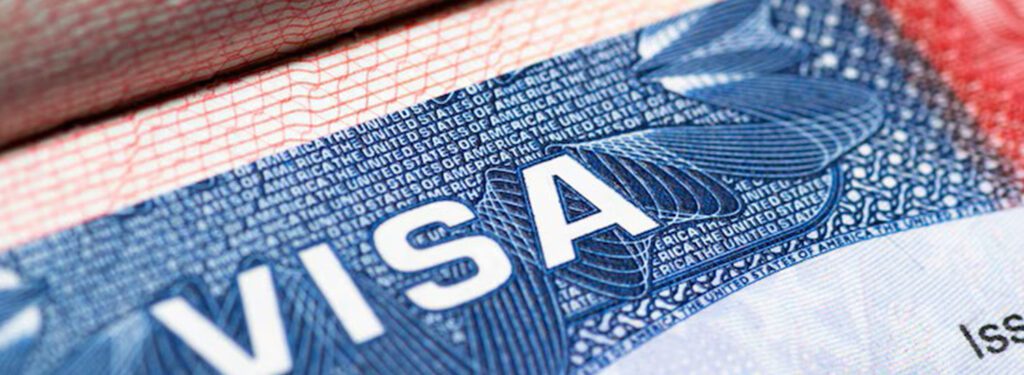
- Visa: Apply for an eVisa in advance via the Kenya Immigration website.
- Vaccinations: Yellow fever certificate may be required, especially if traveling via another African country. Consult your doctor about malaria prophylaxis.
- Currency: Kenyan Shilling (KES), though USD is widely accepted in lodges and camps.
Time Difference: Kenya is 7–8 hours ahead of Eastern Time.
Packing List for a Migration Safari
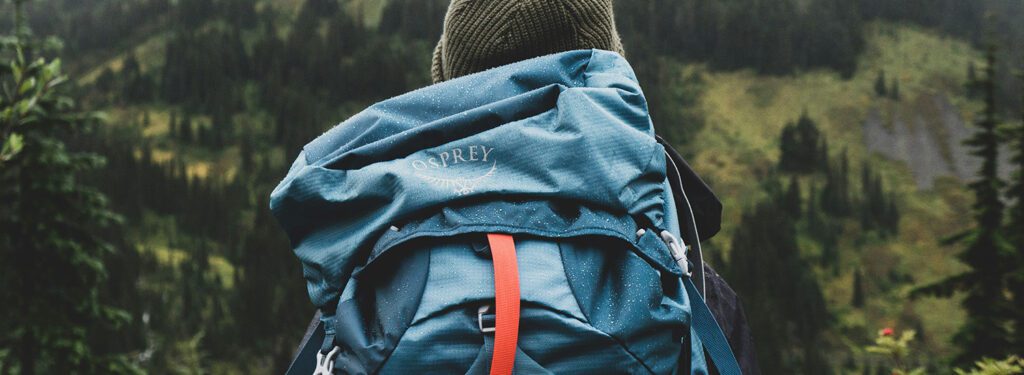
Clothing & Gear
- Neutral tones (tan, olive, brown); avoid black or bright colors
- Warm layers for early mornings
- Comfortable closed shoes or boots
- A wide-brimmed hat, polarized sunglasses, sunscreen
Tech & Essentials
- Binoculars and a camera with a zoom lens (300mm+ recommended)
- Power bank and Type G adapter (UK-style)
- Reusable water bottle and daypack
- Lightweight rain jacket (especially Aug–Nov)
Where to Stay in Masai Mara During the Migration
Here are a few luxury and mid-range picks that American travelers love:
Mara Plains Camp
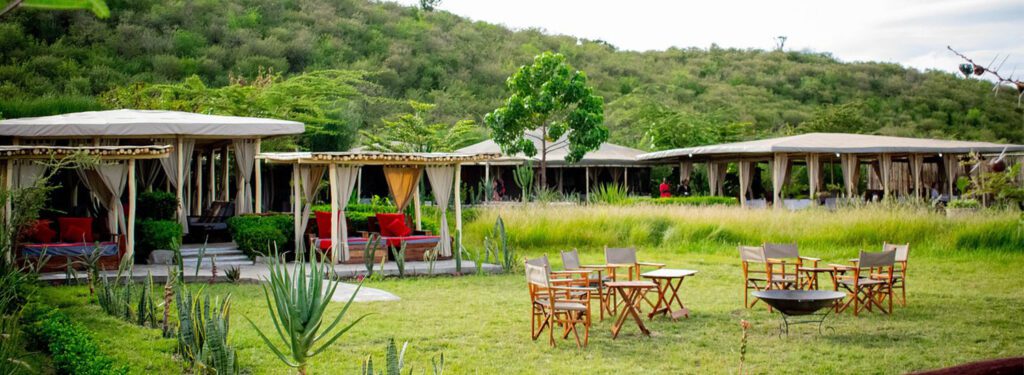
- Intimate, luxurious, and deep in the action.
- Ideal for photographers and couples.
Kichwa Tembo Tented Camp
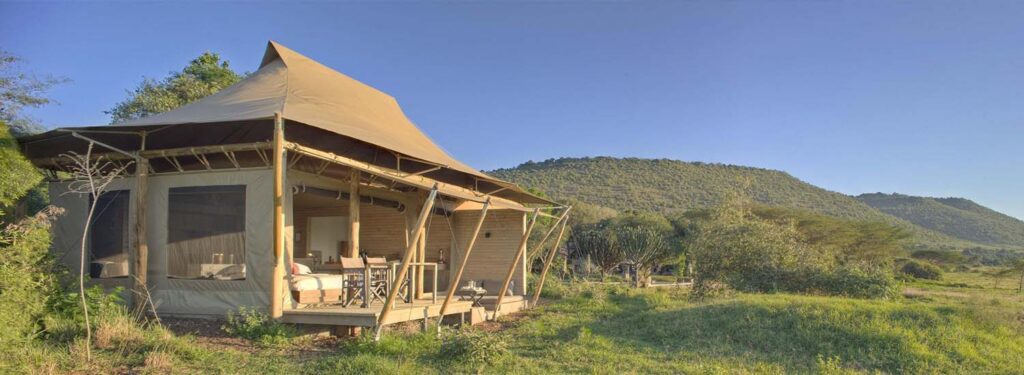
- Known for exceptional guides and migration views.
- Great for first-time safari-goers for Mount Kilimanjaro tented camps.
Angama Mara

- Perched on the Great Rift Valley escarpment.
- Perfect for honeymooners and cinematic views.
Tip: Book at least 6–9 months in advance during high season (July–Oct). Many US travelers plan a year ahead!
Extra Tips for US Travelers
- Tipping: Not mandatory but appreciated. USD cash is fine. Rough guide: $10–$20 per guest per day for guides, $5 for staff.
- Connectivity: Some camps have Wi-Fi, others don’t—embrace the digital detox.
- Combos: Extend your trip with a beach escape to Diani Beach, or combine with Tanzania’s Serengeti or Zanzibar for a cross-border adventure.
Why It’s Worth It
The Great Migration isn’t just a safari, it’s an emotional, once-in-a-lifetime encounter with nature’s rawest beauty. You’ll leave with more than just pictures, you’ll take home moments of awe, stories of close calls, and a renewed sense of connection to the wild.
For US travelers seeking an experience that redefines “vacation,” Masai Mara is not just a destination, it’s your call to the wild.
Ready to witness the Migration up close?
Plan your luxury African safari with Scarface Pride– expertly curated, passionately delivered.
